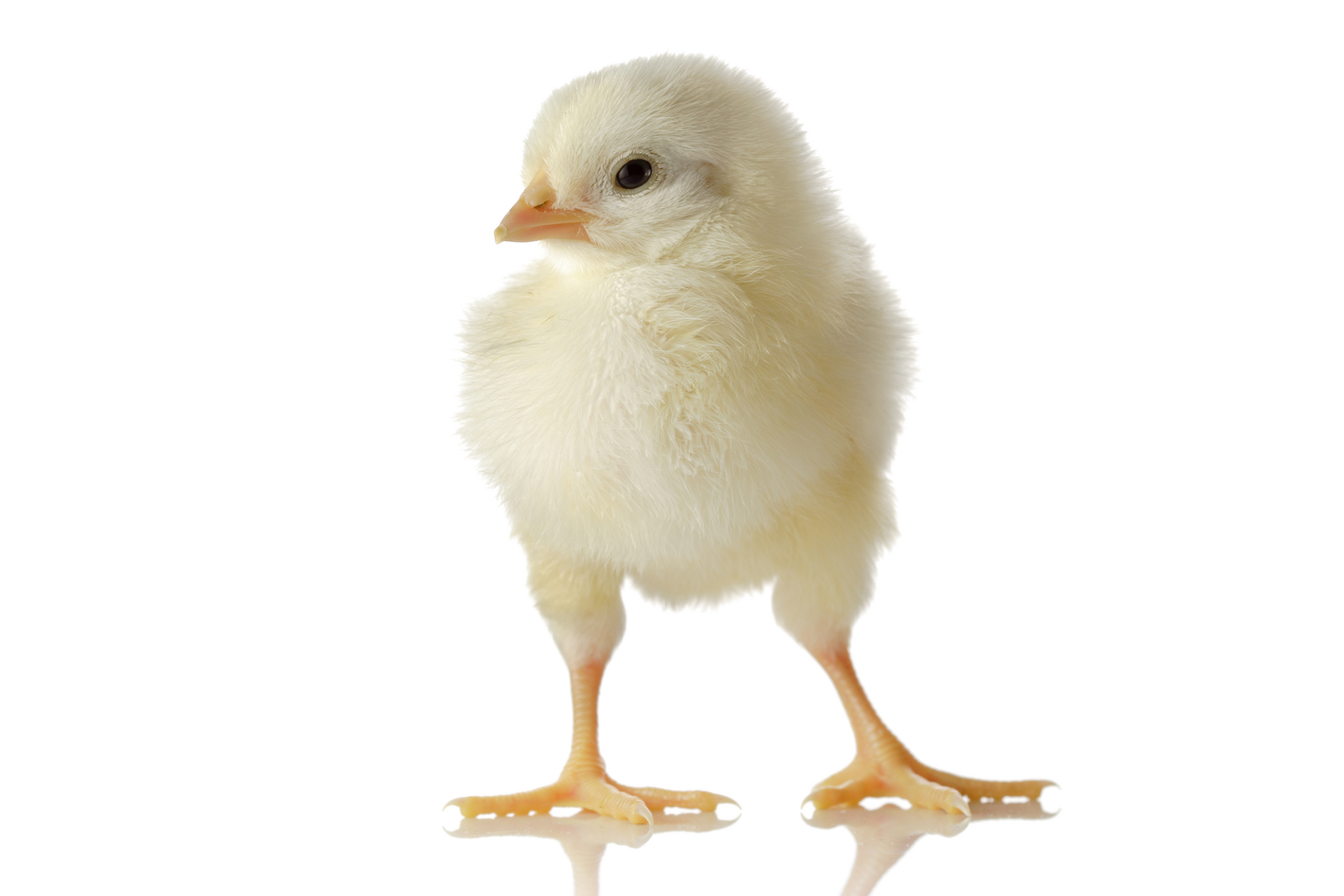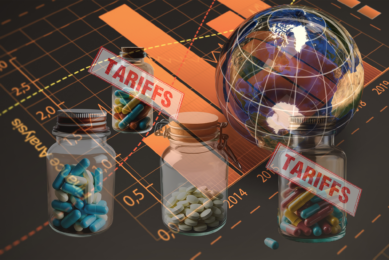Vitamin C beneficial when health is challenged

Genetic progress has resulted in high yielding birds which inadvertently are short on immunity and health. Stress and diseases are inescapable realities in the context of intensive poultry ?production. Given that Vitamin C interferes in health and nutrition physiology, what benefits could it offer in low drug performance promotion?
By Dr David O Akinde, Fusion Biosystems, Germany
Vitamin C (VC or ascorbic acid) is one of the strongest anti-oxidant defence system in the body, acting against intra and extra-cellular reactive oxidative radicals (RORs). The RORs although are byproducts of body metabolic events (e.g. enzyme reactions, phargocytosis) are toxic to body cells, genetic materials, proteins and fats. Anti-oxidative defence is pretty fitting to VC, because it is a versatile redox molecule, participating in both oxidation and reduction reactions. For example the phagocytes and other immune cells have a dense concentration of VC as a sheltering mechanism from oxygen radicals, generated when phagocytes eliminate pathogens. But VC is not alone in these cellular defences, it works in consonance with other vitamins like vitamin E (VE), β-carotene and the metallopeptides- glutathione (carrying selenium) and catalase (carrying iron). However it is the most important anti-oxidant in the extra-cellular fluids, rescuing lipid cellular membranes from RORs.
Other functions of VC are the enhancement of antibodies and interferons (anti-virals) production. For these reasons body VC anabolism is unable to match metabolic demands during disease/stress. The biosynthesis of collagen, the protein used in forming the gut walls, blood vessels, bones and even cartilages requires VC. At whole animal level high dietary VC intake promotes bone and egg shell mineralisation, as well as intestinal absorption of iron. So that one can conclude that this vitamin promotes gut health as well as efficient digestion and utilisation nutrients.
Vitamin C stops toxins
Toxins like most stressors are ubiquitous and are at the root of many morbidity and mortality in poultry. They cause food safety concerns too, particularly pesticides, heavy metals, mycotoxins and endotoxins. The mitigation of intoxications by VC is multi-leveled and widely supported. A peritoneal injection of VC or VC + vitamin A recovered key anti-oxidant systems and prevented renal damage in rats challenged with endotoxin. Benabdeljelil and Jensen (1990) reported that 100 – 5000ppm VC protected egg albumen quality from 10ppm vanadium contamination in laying hen diets. The latter benefit is due to the therapeutic chelation action of transition metals by VC. Haazele et al. (1993) showed that 300ppm of VC alleviated Ochratoxin A toxicosis in hens. But some studies have not been positive. For example Hoehler and Marquardt (1996) found no benefits of VC in diets fed to T2 and Ochratoxin A intoxicated cockerels. As earlier mentioned, VC works well in synergy with other vitamins especially VE. Indeed VC spares VE by recycling arising tocopheryl radicals (depleted VE) back to its reduced and bioavailable form. Also through its anti-oxidative protection, VC will defend against glutathione depletion.
Boosts medication responses
Management stressors, overcrowding, heavy vaccination and drug regimens etc, often weaken the immune system from supporting optimal drug/vaccinal efficacy. Dietary VC is one approach to boost medication outcomes. Amakye-Anim et al. (2000) documented that 1000ppm of VC is beneficial to the efficacy of infectious bursal disease vaccination. Tuekam et al. (1994) reported that 500ppm dietary VC spec boosted infectious bronchitis antibody production in vaccinated birds. On the other hand 330 – 440ppm dietary VC have shown therapeutic efficacy against infectious bronchitis and against E. coli attack. All these dietary VC benefits can be linked to chemotactic influence of VC on the proliferation and functional integrity of lymphoid tissues, plus anti-oxidative defences.
Efficacy against heat stress and
hypothermia
Numerous reports have documented VC efficacy against hyperthermia. A mode of action is that this vitamin blocks adrenal glucocorticoids, which are stress signal molecules with catabolic consequences. Heat stress is a significant deleterious issue in tropical/subtropical regions, where most future growth in poultry is projected to occur. In these zones vast numbers of birds are ‘normally’ reared under heat and or other stressors. This underscores the need to compensate with robust feed programmes, which implement optimum levels of immuno-growth promoting nutrients like VC.
In the laboratory of Fusion Biosystems, a VC titration study in broilers exposed to 28oC – 30oC ambient temperature was reassessed, as detailed by Ogunwole et al. (2013). The purpose was to study the nature of performance responses (BW gain, fcr, abdominal fat (AFA), breast meat yield (BMY) and meat colour score (MCS)) to incremental intake of VC (as L-Ascorbic acid, coated), and possibly to advise on a dietary allowance. Firstly the data showed that VC intake limited the animal responses in BW gain, AFA, BMY and MCS. This means under such conditions broilers stand no chance to realise their genetic potential without receiving optimum dietary supply of this nutrient.
Certainly profitability will suffer too
Secondly nonlinear relationship between dietary VC concentration or intake and traits studied was detected (See Figures 2, 3, 4 and 5), indicating that BW gain, AFA, MCS and BMY (not shown) attained saturation but not fcr. Finally the responses allowed for nonlinear modelling of the data.
Based on 100% of the asymptotes, 300ppm and 301ppm were deduced as dietary levels that maximised BW gain and BMY, respectively.
An intake of 729mg, translating to 150ppm of diet was similarly modelled as the optimum for MCS. The fcr responses need further investigation beyond the range presently studied (Figure 3), as 600ppm was predicted to optimise fcr. Such value suggests low metabolic conversion, which we verified in our analysis indicating low and linearly decreasing marginal efficiency of utilisation of ingested VC for BW accretion (data not shown). The researchers are particularly struck by trends in the AFA (Figure 4), which suggest an inverse relationship between AFA and VC supplementation.
This is attributable to VC involvement in carnitine metabolism, the latter being critical in β-oxidation of fatty acids. They calculated that to improve adiposity especially visceral fat, diets must supply >140ppm VC. Unfortunately low and zero VC premixes pervade the feeds landscape in Europe, Brazil and North America. Nonetheless adiposity remains a problem to meat processors and to consumers at large. It is concluded that vitamin C is a dietary essential nutrient to proactively manage stress and diseases. Its dietary optimum varies depending on performance criterion chosen. Field nutritionists are advised to monitor the VC level in their feeds/premixes, matching it to their production goals. Similarly the chemical stability of VC sources under their feed/premix storage conditions need consideration, as VC is the most unstable vitamin.
Article from All About Feed 22.1











